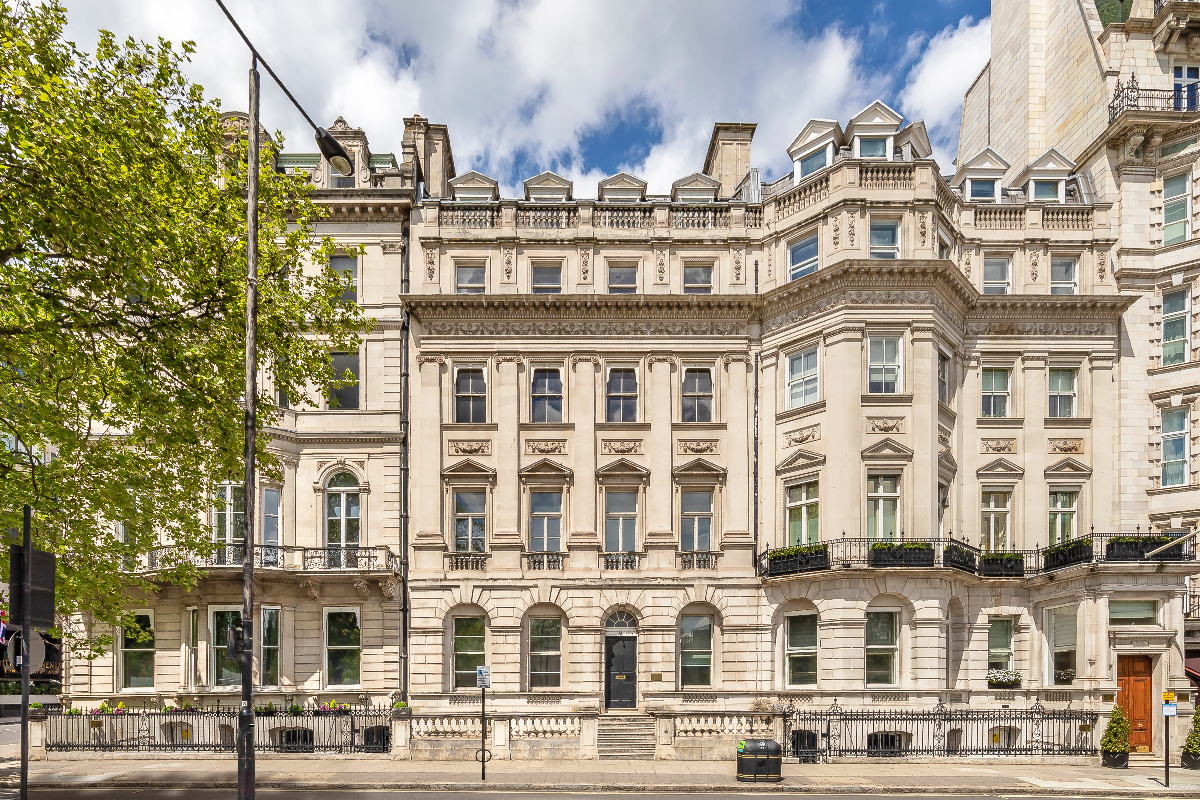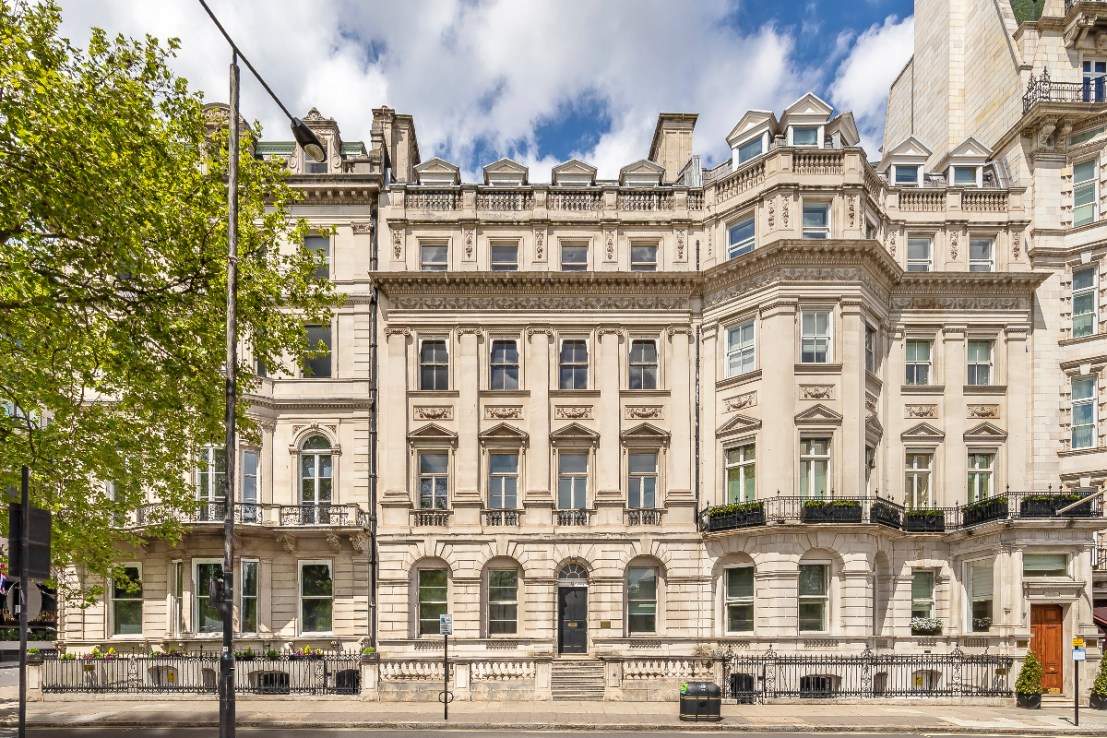‘Even luxury is subject to constraints’: Global prime rental growth slows
After record growth in the past two years, global prime rents have cooled down to long-term levels as supply constraints start to ease and renters hit their price ceilings, according to new data. Average annual rental growth was 3.5 per cent in the 12 months to the end of June 2024, down from 7.4 per [...]


After record growth in the past two years, global prime rents have cooled down to long-term levels as supply constraints start to ease and renters hit their price ceilings, according to new data.
Average annual rental growth was 3.5 per cent in the 12 months to the end of June 2024, down from 7.4 per cent in 2023 and 12.4 per cent in 2022, according to Knight Frank.
The driver for the recent surge in global prime rents was the ending of lockdowns, the return of workers to cities, and a lack of new build accommodation through the pandemic due to supply and construction dislocation.
But the recent slowdown in prime rental growth “suggests an end to the substantial upward repricing of key city markets seen over recent years,” Liam Bailey, global head of research at Knight Frank, said.
“Even the luxury sector is subject to affordability constraints, and in most cities, rental growth has moved closer to long-term trend levels,” Bailey added.
London prime rent sits just below the global average
London mirrored the above trends, with significant price increases in 2022 and 2023 and subsequent slower growth as pricing constraints began to bite.
Prime residential rental values in London increased by 23.1 per cent between 2021 and 2023, the strongest three-year growth in 25 years, according to Savills.
But rents have risen by just 3.5 per cent in the last 12 months – below the average for the general UK market and at the middle of the global prime table.
Average UK private rents increased by 8.6 per cent in the 12 months to July 2024, while rents in London increased by 9.7 per cent to £2,114 per month, according to the ONS.
Despite this, Knight Frank expected prime demand to stay high in the medium term: “With the majority of markets still experiencing pressure from relatively strong demand set against limited supply – exacerbated by Covid-era development disruptions – upward pressure on rents is likely to support above-trend growth in the medium term,” Bailey added.
Affordability is eating into sales, too
Sentiment on the London super prime market has been somewhat mixed in the last month: demand spiked after the Bank of England’s decision to cut the interest rate – the number of exchanges in London in June and July was 8.4 per cent above the five-year average – but some signs of trouble lie ahead.
Investment in prime London has been slipping: despite a consistent level of demand, the value of prime deals fell from £829m to £731m in the first half of 2024.
This is largely because prime buyers have been downsizing: the average super-prime property sold so far in 2024 has had a floor space of 4,000 sq ft, down from 6,500 sq ft.
The prime London property market will also be affected by the government’s VAT taxes on private schools and tightening non-dom rules in the UK.
Buyers could also be squeezed further if changes are made to pension tax relief, inheritance tax or capital gains tax in the October budget.
However, Labour has backtracked a little on non-dom rules. It has said that an “appropriate adjustment of existing trust arrangements” is needed, rather than a carte blanche decision to force all overseas trusts to be subject to inheritance tax irrespective of when they were set up.



